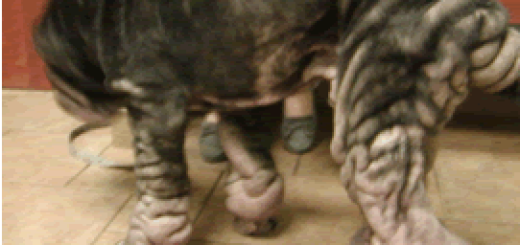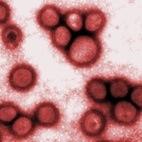HISTORY OF THE CHINESE SHAR-PEI
THE CHINESE HISTORY OF THE SHAR-PEI There is no direct evidence to indicate the Chinese Shar-Pei, as we know it today, is an ancient breed. There is much evidence to support the theory that Hong Kong dog breeders developed the breed in the 1960’s by crossbreeding the Chinese Fighting Dog with several breeds including the Boxer, the Bloodhound, Bulldog and possibly others. Consider the following documents: Letter from the Hong Kong Kennel Club to R.G. Horsnell dated July 15, 1975 concerning dropping the Chinese Fighting Dog from its registry due to crossbreeding and deviation from type. This letter is found...





